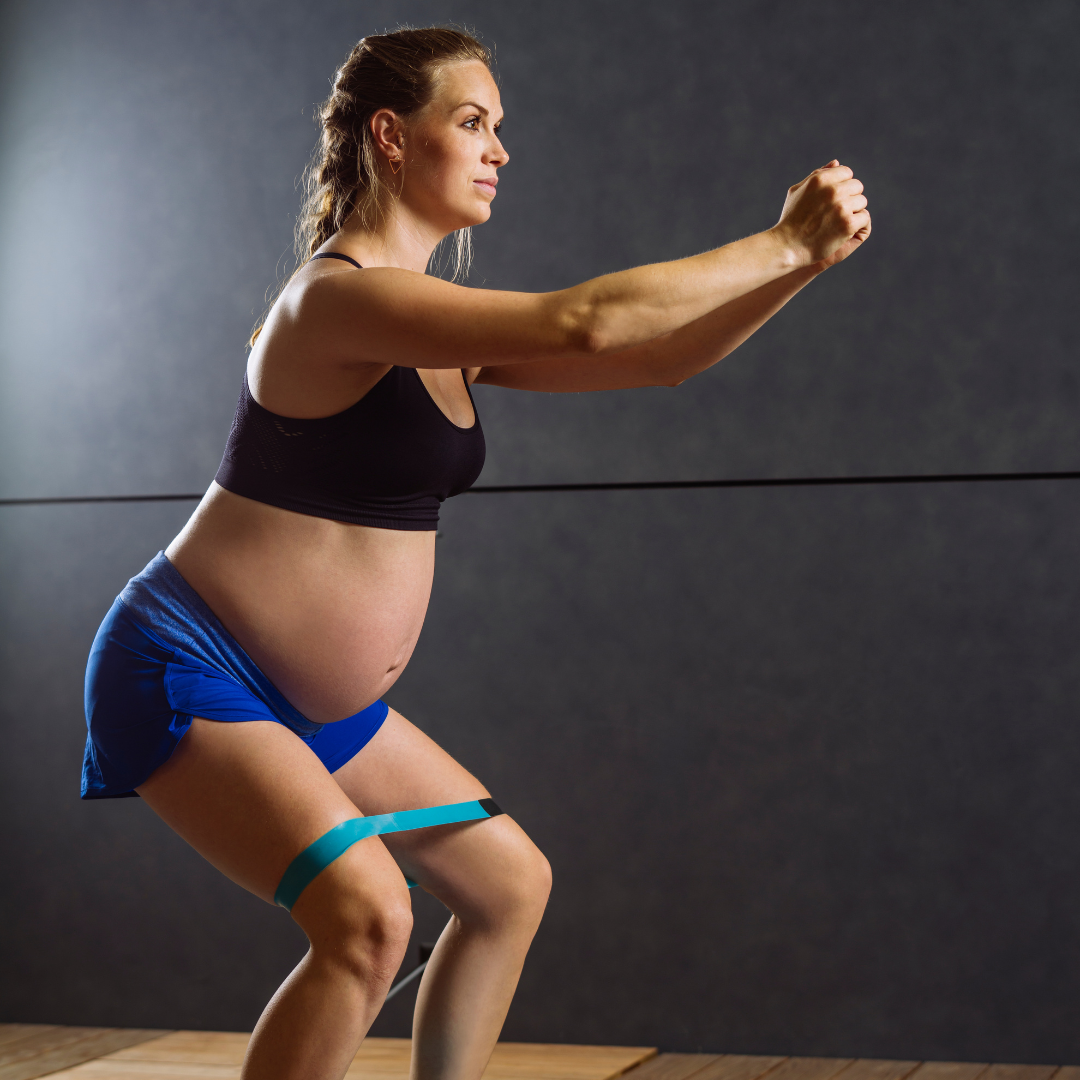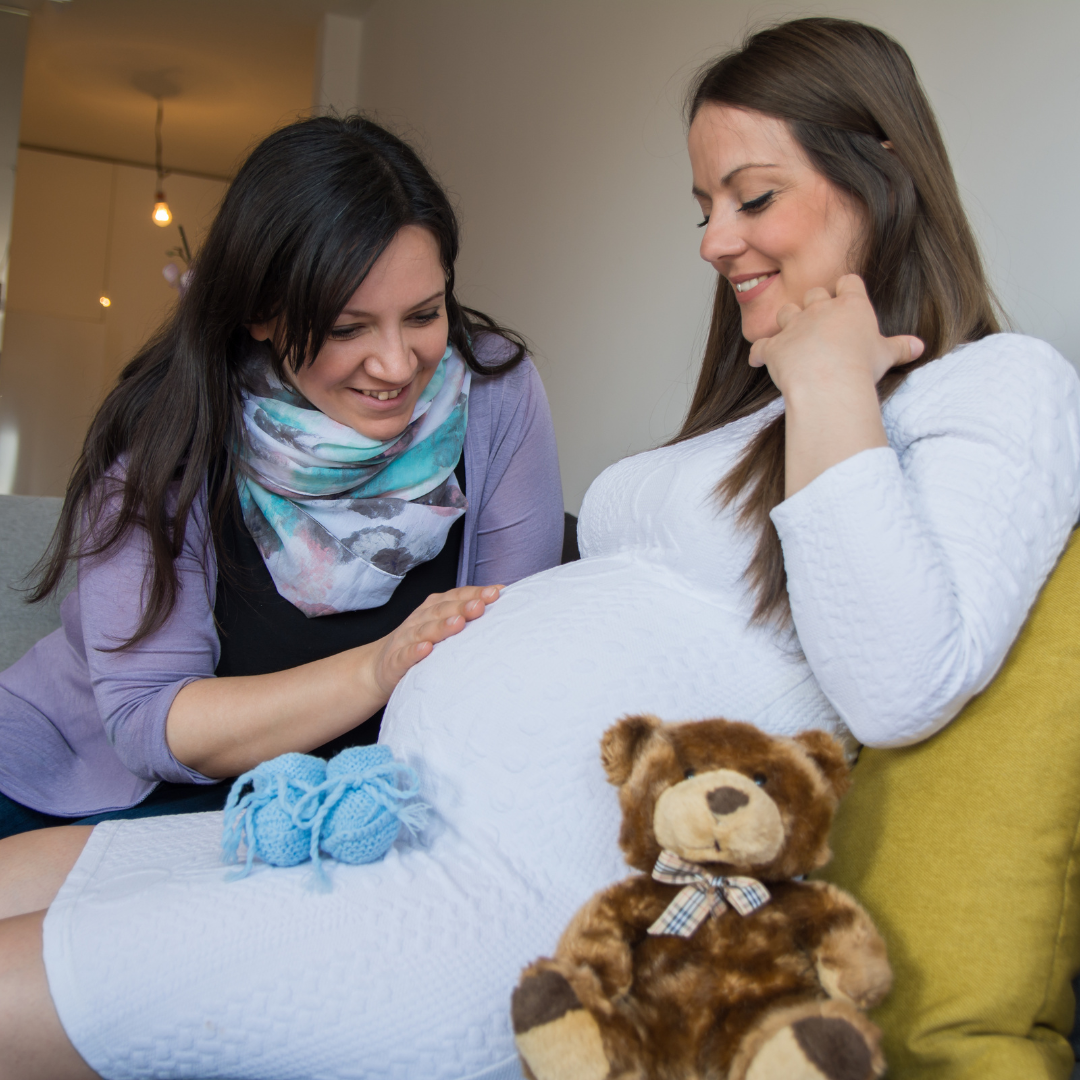Feeling Baby's First Moves: The Exciting Middle Stage of Pregnancy
UNLEASHING THE POWER OF TWO: UNDERSTANDING THE SECOND TRIMESTER EXPERIENCE

HOW YOUR BABY'S GROWTH SPURTS ENERGY AND ACTIVITY
During the second trimester, your baby experiences a remarkable growth spurt, developing unique features like fingerprints and eyelashes, while the brain rapidly matures to support more complex movements. This is also when many moms begin to feel those first gentle flutters, known as "quickening," usually between 18 to 22 weeks. These tiny sensations often feel like bubbles or butterflies and gradually become stronger as your baby grows. Increased movement is a positive sign of healthy development, as your baby practices essential skills like sucking, swallowing, and breathing motions, and even begins responding to sounds and touch from the outside world.
THE EMOTIONAL ROLLERCOASTER: HORMONES AND WELL-BEING IN THE SECOND TRIMESTER
The second trimester often brings a noticeable boost in mood and energy, as many women find relief from early symptoms like fatigue and morning sickness. With renewed vitality, this stage can feel more enjoyable, but emotional ups and downs may still occur due to ongoing hormonal changes. It’s completely normal to swing between joy, anxiety, and irritability. As your baby bump becomes more visible, the pregnancy starts to feel more real, and feelings of excitement, anticipation, and even nervousness about the future are all part of this transformative journey.
TIPS TO KEEP YOUR FITNESS ROUTINE THRIVING DURING PREGNANCY
The Dos and Don'ts of Exercise in the Second Trimester
Staying active during the second trimester is great for your health and your baby’s development, but it’s important to exercise safely. Stick to low-impact activities like walking, swimming, and prenatal yoga, and include light strength training and pelvic floor exercises to support your changing body. Avoid high-impact sports, activities with a risk of falling, or any exercise that requires lying flat on your back after 16 weeks. Make sure you stay hydrated, avoid overheating, and never push yourself to exhaustion. Always listen to your body, wear comfortable clothing, and check with your healthcare provider if you're unsure about any activity.

Balancing Your Fitness Goals with Your Changing Body
As your body changes during pregnancy, it's important to adjust your fitness routine and set realistic goals. Focus on maintaining your fitness level rather than aiming for the personal best. With a growing belly, your balance and center of gravity may shift, so be cautious with exercises requiring stability. Modifying moves or using props like yoga blocks or a chair can help. Pregnancy isn’t the time to start an intense new exercise routine, but if you were active before, you can continue with modifications. For beginners, start slowly and gradually increase activity. Always listen to your body’s mild shortness of breath is normal, but stop if you feel pain, dizziness, or any unusual symptoms, and consult your doctor.
THE DARING MOVES OF MOM-TO-BE: LEVERAGING THE SECOND TRIMESTER FOR SELF-CARE
When Can You Feel the Baby Move?
Most women begin feeling their baby’s movements between 18 and 25 weeks of pregnancy, though first-time moms may recognize these sensations a bit later. Early movements are often subtle, resembling gas or digestive sensations, but as the pregnancy progresses, they become more noticeable, with kicks, rolls, and jabs by the end of the second trimester. Every pregnancy is different, so some women may feel movements earlier or later than others. If you're concerned about not feeling movement, it’s always best to reach out to your healthcare provider for reassurance.
What Does It Feel Like When Baby Moves During Pregnancy
Baby movements feel different for every woman and can change as your pregnancy progresses. Early on, they may feel like gentle flutters, bubbles, or light taps, often mistaken for gas. As your baby grows, these sensations become more distinct, with noticeable kicks, rolls, stretches, and even hiccups. These movements can be exciting and reassuring, though some may feel uncomfortable as they get stronger. Every experience is unique, but feeling your baby move is a wonderful sign of healthy development.

Embracing the Bold and the New: Self-Image and Confidence in Pregnancy
The second trimester brings noticeable changes as your baby bump grows and becomes more prominent, which can be exciting but may also bring mixed feelings about your changing body. Embrace these changes as a beautiful part of your pregnancy and focus on the incredible work your body is doing to nurture and grow your baby. It’s a great time to prioritize self-care by wearing comfortable, flattering maternity clothes, practicing positive self-talk, and engaging in relaxation activities. Connecting with other pregnant women or joining prenatal classes can also boost your confidence and provide support.scc
Remember, every pregnancy is unique, and there’s no “right” way to look or feel. Embrace and celebrate your body’s strength as it creates new life. This newfound confidence will carry you through the rest of your pregnancy with a positive mindset. As you enter the second trimester, savor the changes and excitement that come with it. Your baby’s active movements are just the beginning of the incredible journey ahead. Take time to bond with your growing baby and nurture yourself. This stage is full of wonder and anticipation, setting the stage for the beautiful finale to come.
